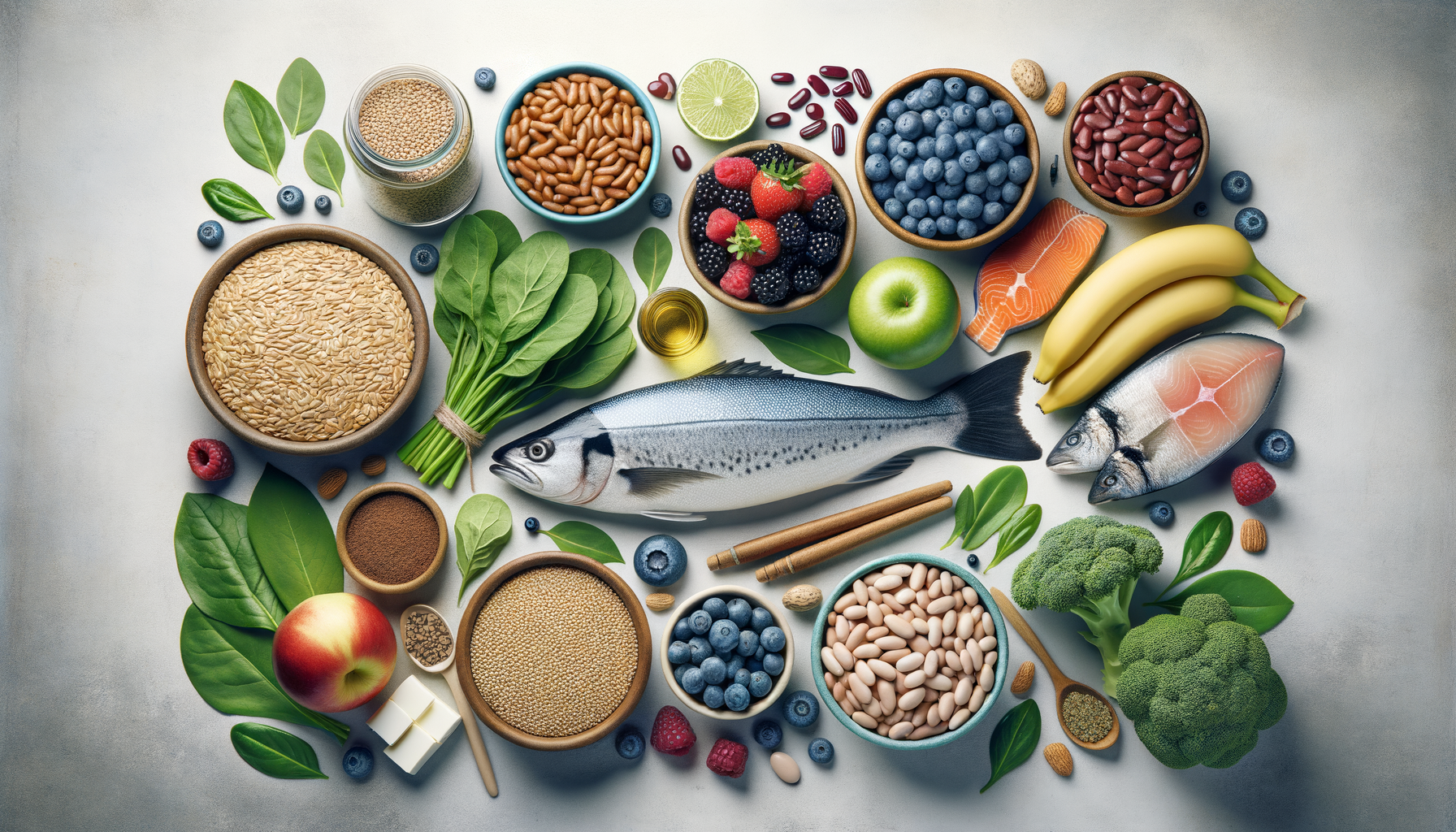Understanding Diabetic Foods: A Comprehensive Guide
Diabetes, a chronic condition affecting millions globally, requires careful management, particularly when it comes to diet. Diabetic foods are not just about restrictions but about making informed choices that can lead to a healthier lifestyle. Understanding the types of foods that can help manage blood sugar levels is crucial for anyone living with diabetes. These foods can range from whole grains to proteins and vegetables, each playing a unique role in maintaining health.
Managing diabetes involves balancing carbohydrates, proteins, and fats. Carbohydrates, in particular, have a direct impact on blood sugar levels. Choosing complex carbohydrates over simple ones can help in maintaining stable glucose levels. Proteins and healthy fats, on the other hand, provide energy and keep you feeling full, reducing the urge to snack on unhealthy options. This comprehensive guide will explore the importance of diabetic foods and how they can be integrated into daily meals.
Incorporating diabetic-friendly foods into your diet doesn’t mean giving up on taste. With a variety of delicious options available, it’s possible to enjoy meals while managing diabetes effectively. From oatmeal and quinoa to lean meats and leafy greens, the choices are plentiful. This article will delve into the specifics of these options, providing insights into how they contribute to better health outcomes for those with diabetes.
The Role of Whole Grains in Diabetes Management
Whole grains are a cornerstone of a diabetes-friendly diet. Unlike refined grains, whole grains retain all parts of the grain kernel, which means they are packed with nutrients and fiber. The fiber content in whole grains helps slow down the absorption of sugar, thereby preventing spikes in blood glucose levels. Some popular whole grains include brown rice, quinoa, and oats, each offering unique benefits.
Brown rice, for example, is a versatile grain that can be used in a variety of dishes. It’s a great source of magnesium, which plays a role in insulin regulation. Quinoa, often referred to as a superfood, is not only high in fiber but also a complete protein, providing all nine essential amino acids. Oats, particularly steel-cut or rolled oats, are another excellent choice, known for their ability to lower cholesterol levels and improve heart health.
Incorporating whole grains into your diet can be as simple as swapping white rice for brown rice or choosing whole-grain bread over white bread. These small changes can make a significant difference in managing diabetes. Experimenting with different grains can also add variety to your meals, making healthy eating more enjoyable.
Proteins: Building Blocks for a Diabetes-Friendly Diet
Proteins are essential for everyone, especially for those managing diabetes. They play a crucial role in building and repairing tissues, producing hormones, and supporting the immune system. For diabetics, proteins are particularly beneficial because they have minimal impact on blood sugar levels. This makes them an excellent choice for maintaining energy and satiety.
Lean meats such as chicken, turkey, and fish are among the top protein sources for diabetics. Fish, especially fatty fish like salmon and mackerel, are high in omega-3 fatty acids, which are known to improve heart health. Eggs and low-fat dairy products are also good protein sources, providing essential nutrients without excessive calories or fats.
For those who prefer plant-based options, legumes such as beans, lentils, and chickpeas are excellent choices. They are not only high in protein but also rich in fiber, which aids in digestion and blood sugar control. Incorporating a variety of protein sources into your diet can help ensure you receive a balance of nutrients while managing your diabetes effectively.
Vegetables: The Power of Greens in Diabetes Control
Vegetables are an indispensable part of a diabetes-friendly diet. They are low in calories and carbohydrates, making them ideal for blood sugar management. Leafy greens, in particular, are packed with vitamins, minerals, and antioxidants that promote overall health and help prevent complications associated with diabetes.
Spinach, kale, and Swiss chard are among the most nutrient-dense greens, offering high amounts of vitamins A, C, and K, along with calcium and iron. These greens can be easily incorporated into salads, smoothies, or cooked dishes, providing versatility in meal planning. Broccoli and cauliflower are also excellent choices, known for their high fiber content and ability to improve insulin sensitivity.
Cruciferous vegetables, such as Brussels sprouts and cabbage, are rich in antioxidants and have been linked to reduced inflammation and improved heart health. Including a variety of vegetables in your diet not only aids in managing diabetes but also enhances overall well-being.
Conclusion: Embracing a Balanced Diet for Diabetes Management
Managing diabetes through diet is a journey that involves making informed choices and embracing a variety of foods. By focusing on whole grains, proteins, and vegetables, individuals with diabetes can enjoy a balanced diet that supports their health goals. These foods not only help in controlling blood sugar levels but also contribute to overall well-being.
It’s important to remember that while diet plays a significant role, it should be combined with regular physical activity and regular medical consultations for optimal diabetes management. Personalizing your diet to suit your preferences and lifestyle can make managing diabetes a more enjoyable and sustainable endeavor.
By understanding the impact of different foods and making conscious choices, individuals with diabetes can lead a healthier, more fulfilling life. Embrace the power of nutrition and take control of your health journey today.




Leave a Reply